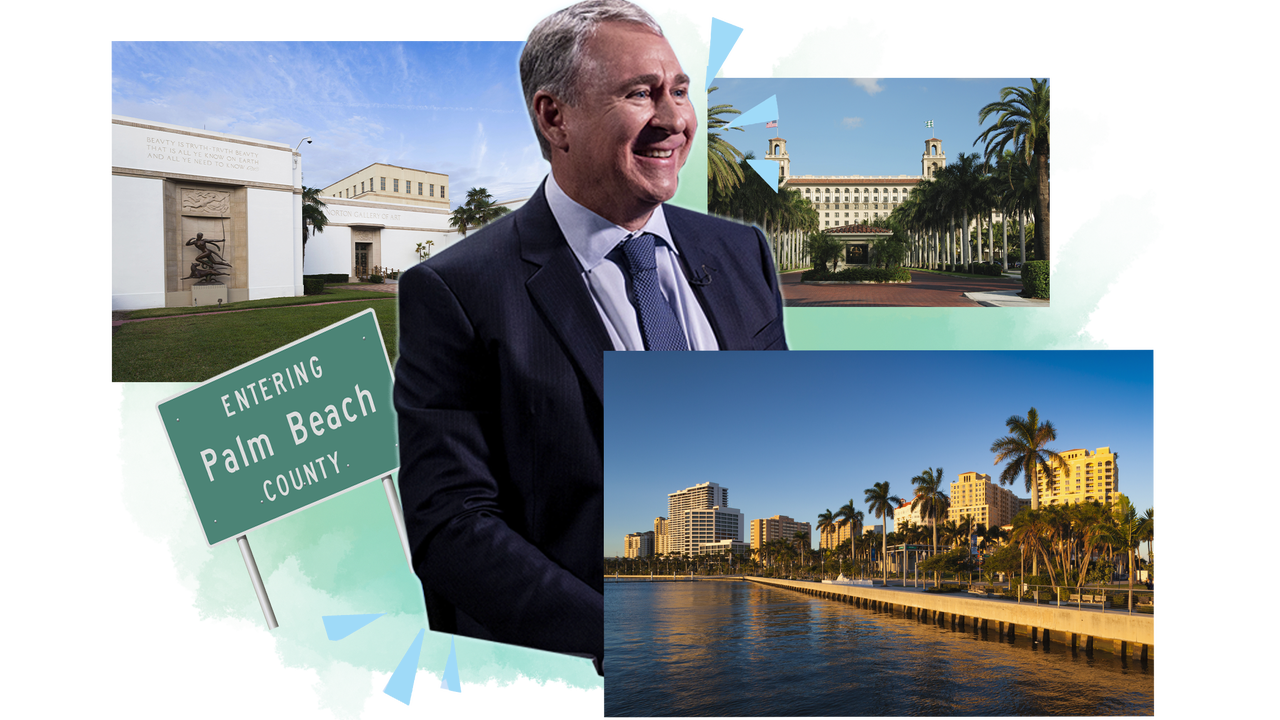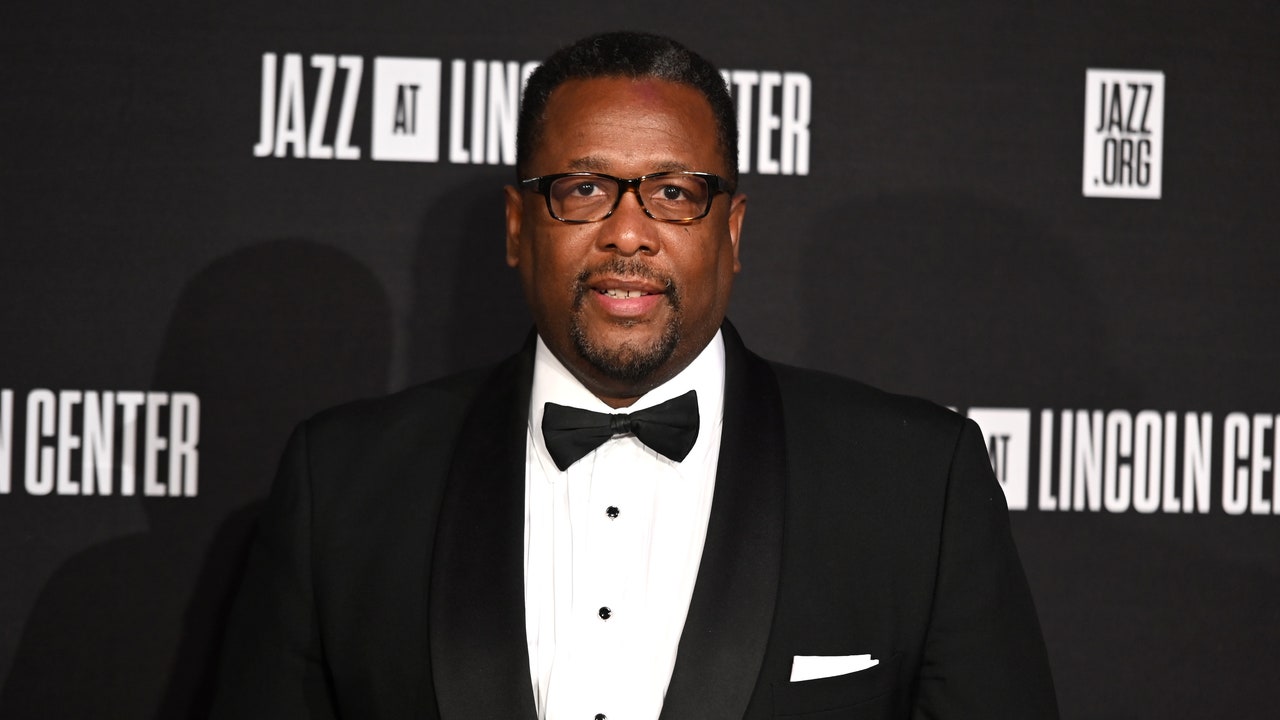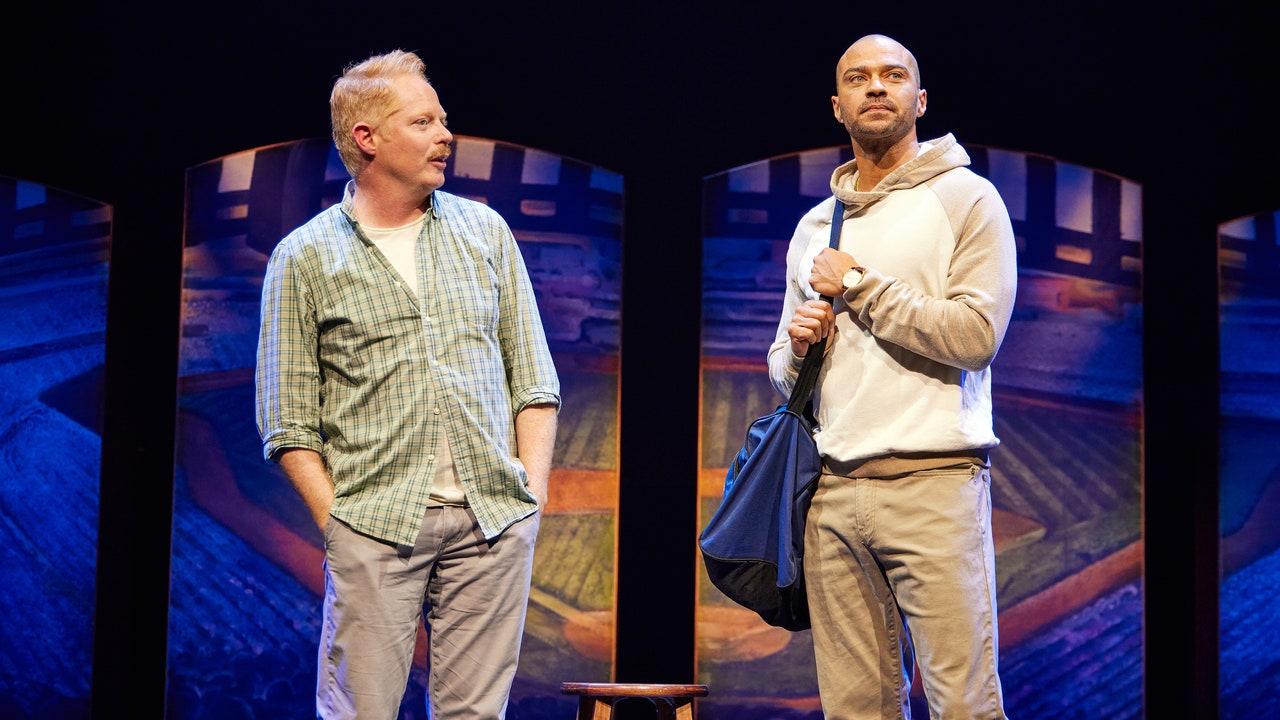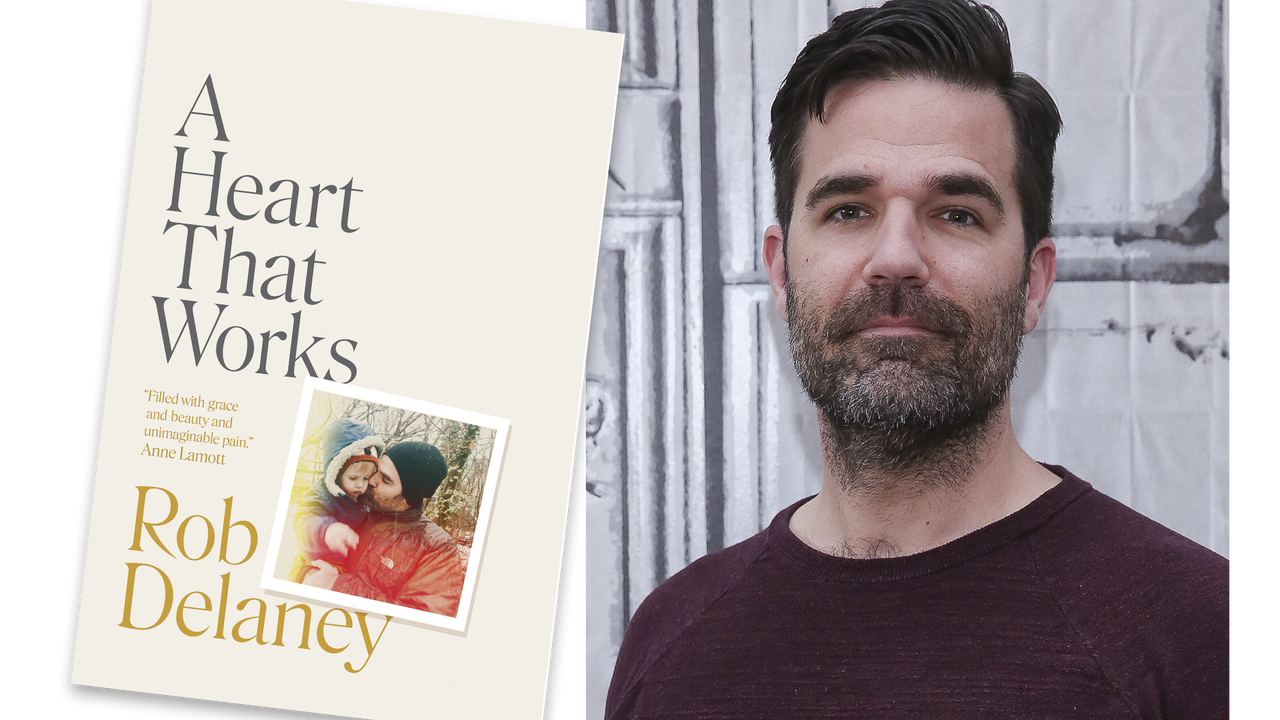In 2015, the hedge fund titan Kenneth C. Griffin became the first person to spend half a billion dollars on art in a single transaction. David Geffen made a deal with Griffin to sell him Willem de Kooning’s boldly colored abstract masterpiece Interchange for $300 million, and Jackson Pollock’s Number 17A—the splatter painting Life magazine plastered in its pages in 1949, minting Jack the Dripper an American celebrity—for $200 million.
Griffin could have scurried away with the masterpieces to one of his homes: a $238 million apartment at 220 Central Park West and a $120 million London mansion near Buckingham Palace, the most expensive apartment in Chicago history, getaways in Aspen and Hawaii, a large chunk of Miami’s Star Island. Instead he let them go on view at the Art Institute of Chicago, placing 20th-century masterworks next to the museum’s iconic impressionist and postimpressionist holdings.
“My art collection is almost all at the Art Institute of Chicago, it’s been there for years,” Griffin said to David Rubenstein in March 2019, while appearing on his show Peer-to-Peer Conversations. “For me, the fact that 700,000 or a million people a year will have a chance to see some of the greatest works of art of our culture, that I’m fortunate enough to own? I have great satisfaction in that.”
But at some point over the last few years, those two works, the Pollock and the de Kooning traded in the biggest art sale ever, were quietly taken down from the museum. Their whereabouts were unknown.
The Saturday after Art Basel, I took a Brightline train from Miami to Palm Beach to attend openings and cocktails parties that make up the New Wave Art Weekend. At one point I swung by the Norton, the West Palm Beach museum that houses the collection of Ralph Hubbard Norton, a 20th-century steel magnate from Chicago who summered in Florida. I had seen the permanent collection twice in the past two years and thought I knew it pretty well, but after walking out from a gallery of top-notch work by Georgia O’Keeffe, Stuart Davis, and Edward Hopper, I saw a work made the year Norton died, something I had presumed would have been well out of the museum’s acquisitions budget: Mark Rothko’s No. 2 (Blue, Red and Green) (Yellow, Red, Blue on Blue) (1953), which exploded the artist’s market when it sold at Sotheby’s in 2000 for $11 million, or about $30 million accounting for inflation.
As the wall text explained, it was at the Norton on loan from a private collection, after having been shown at the Art Institute of Chicago from October 2020 to June 2022. Also new was a peak Roy Lichtenstein masterwork, Ohhh…Alright… (1964), which set an artist record when it sold for $42.6 million at Christie’s, consigned by Steve Wynn, who bought it from Steve Martin. It too was shown at the Art Institute of Chicago, and belongs, the wall text said, to a private collection. And across the hall, an untitled Robert Ryman that was on the walls of the great Chicago museum as recently as 2017 was hanging at the Norton, thanks to a private collection.
Sources confirmed that all three came from Griffin.
And then, around a corner and installed with little to no ceremony, were two works very much in a private collection, but a collection that everyone knows: Interchange and Number 17A, owned by Griffin.
Without fanfare, at least a billion dollars of Griffin’s art departed the second-biggest encyclopedic institution in the country and ended up in Palm Beach. The Norton declined to comment when asked about the new works in its collection, as did the Art Institute, but Griffin provided a statement to True Colors on Thursday.
“The Norton is one of our country’s most significant and beautiful museums,” Griffin said. “I hope South Florida families, students and visitors will enjoy and be inspired by these pieces and the thousands of works of art from all over the world displayed at the museum.”
Griffin was very public about moving Citadel, his hedge fund with over $50 billion in assets, to Miami earlier this year. The prodigal son of the sunshine state—Griffin’s a Boca Raton native and a graduate of Boca Raton Community High School—returned in after decades of support for Chicago, the city he lived in since graduating from Harvard in 1989 and immediately crushed it with his own fund.
In departing the Windy City, Griffin left behind the Illinois governor (and fellow billionaire) with whom he publicly feuded over raising taxes on the wealthy and what he claimed was a rising crime rate (JB Pritzker); and a gubernatorial candidate that Griffin bankrolled to the tune of $50 million only to see steamrolled in a Republican primary by a Trump-backed candidate (Richard Irvin). (On the other hand: Anne Dias-Griffin, his ex-wife and fellow hedgie who claimed in a yearlong divorce battle that she was forced to sign a prenup that only gave her a $1 million a year, also recently moved to Miami.)
At the outset of the pandemic, Griffin rented out the entire Four Seasons in Palm Beach, parked off-duty cops outside, and restricted entry to anyone but his employees. He made Citadel’s move official in June, taking space in a building owned by fellow art-collecting billionaire Vlad Doronin, until a new HQ can be built. He’s spent weekends on Palm Beach, where he’s bought up sizable contiguous chunks of the south part of the island.




